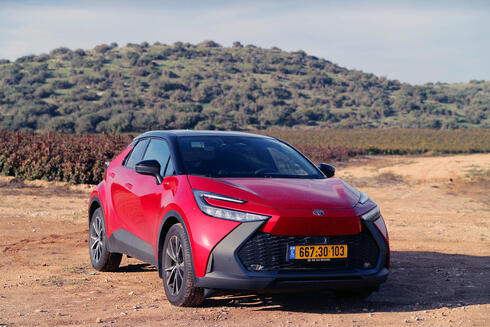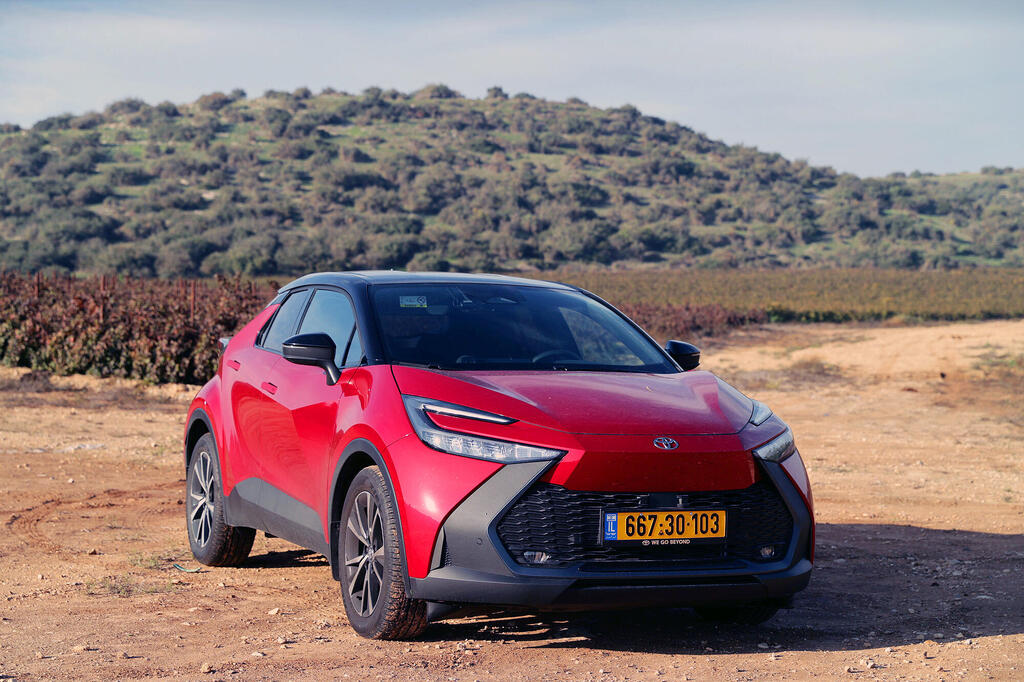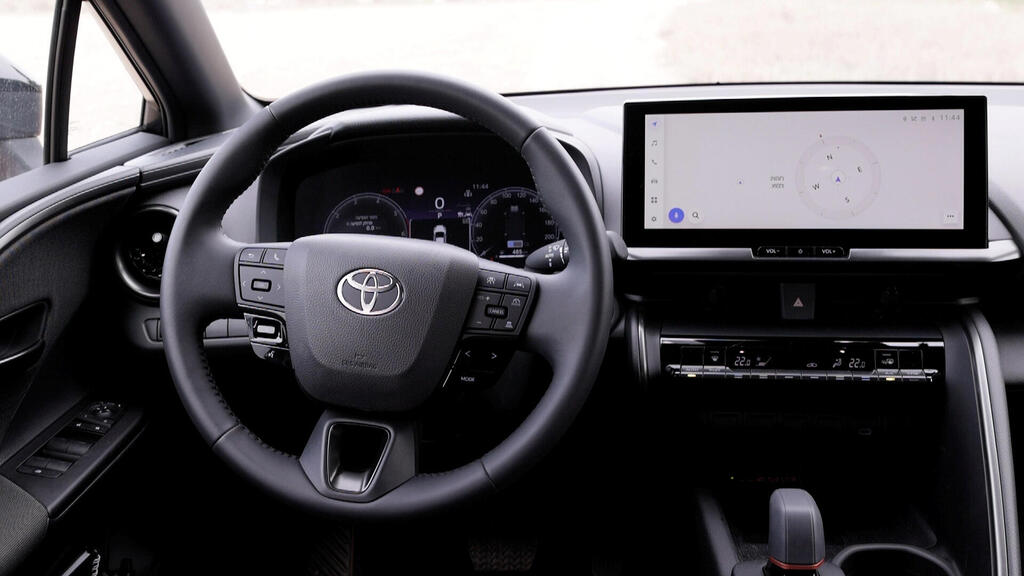
Car review
Toyota C-HR: a cool car with a high-tech twist
The Toyota C-HR hybrid is much quieter than the previous generation and is also more suitable to work in electric mode. The back seat is more spacious and with windows that finally also take children into consideration. The price, however, is a little high
Toyota is a manufacturer that doesn't know how to accidentally make cool cars. There are car manufacturers who design a car with no intention of being cool. Toyota makes cars that make the most sense in the world, and sometimes they come out cool precisely because they have features that are very ‘Toyota’, for example the old Land Cruisers that were designed to be used by farmers in Bolivia, and after decades the reliability became cool. There are also sporty versions of Corolla whose engineering effort was so stubborn and senseless that they have become legendary even though they are essentially a box with wheels.
The Toyota C-HR is the off-road vehicle that Toyota decided in advance to invest considerable engineering efforts in with a young target audience in mind who wants an off-road vehicle, but which is also a bit sporty; An audience that wants a car with performance, but is environmentally conscious; An audience that may not care that much about the kids, and therefore doesn't need a respectable trunk or windows that open in the back or the ability to see anything out of the back seat. In the previous generation of C-HR, only parents enjoyed themselves.
But now a new generation of C-HR is coming. Many Toyota models were designed with a certain customer base in mind and they evolved according to the life changes that characterized those customers. Toyota RAV 4 is an excellent example: the first generation was intended for young people with a fondness for leisure, that is, two doors, dual drive, sporty behavior. The generations that followed were destined for these young people who grew older - and heavier around the waist - so RAV became somewhat rounded, and its off-road ability was also lost.
C-HR went through the same process: the cool guys from the first generation now have kids, they don't want to open the door with a handle near the roof because it's stupid, and they love their kids who deserve to see out the back window too.
The previous C-HR was cool, the new generation is still cool, but more calculated, less adventurous, and more high-tech. There are no more rear handles that open from the roof area, there are normal handles that pop up at the touch of a remote. No more back windows that don't open, there is an electric button that does the job. At the back, the lights are now a long, large unit, and in the center is a red symbol that lights up and indicates the model name in case anyone has forgotten. The truth is, the Toyota C-HR looks great.
Buying an electric car from Toyota is like buying Coke from a whiskey distillery. Toyota specializes in hybrids. Its diesels travel millions of kilometers. At the moment, it does not excel in electricity. For years they tried to tell Toyota that it needed to produce electric cars, until recently it did not listen but now it is preparing to introduce many electric models. And meanwhile there is the proven technology that Toyota believes in: hybrids.
Toyota went with its familiar 1.8-liter gasoline engine, with an electric engine working alongside it. but with the new C-HR it has more power, more flexibility, and is more suitable to work in the electric mode only. It is impossible to ignore the fact that hybrid cars are now a very logical choice. An electric car does not consume fuel, and it costs tens of shekels a month to charge at home - but it is sometimes problematic, the quality is so-so sometimes, and some people find that the charging stations don't work and that on a long trip, for example, you’ll definitely need to stop along the way and charge it.
It requires almost one liter of fuel for 20 km, most Israelis will have to refuel it once a month for about NIS 400, and they will get a Toyota which is neither a popular Chinese car nor an expensive Korean vehicle.
In regards to the ride quality, C-HR presents a very significant improvement compared to the outgoing generation, which was a bit stiff, and had a noisy hybrid system. However, the new generation is far quieter and very comfortable.
The C-HR also has plenty of original active safety systems, it brakes when there is an obstacle, beeps, rattles, and drives you crazy in city driving.
The passenger compartment needs some improvement: to close the trunk, you have to turn your palm over, insert it into a special slot in the door. The trunk could have benefited from a lower compartment, meaning additional space under the trunk floor.
The interface as usual in Toyota is very clear, the screen is placed in an excellent place, not one that would distract the driver's attention, the controls are simple to operate and understand, especially for those who are used to huge touch screens with hidden menus. The quality of the materials is good, but the assembly quality is so-so in some places, especially in the connection between the door and the dashboard which feels loose.
The problematic point of the previous generation was handled by Toyota with love: apparently even the stern Toyota engineers understood that children are human. The rear seats are more spacious, although the new generation of C-HR is about 2 cm shorter than the generation before it. Still, it will be difficult for smaller children to see out of the windows, they too have fallen victim to car designers who believe that the bigger the wheels and the smaller the windows, the more sporty a vehicle is.
The new C-HR far surpasses its predecessor. Its ride quality is better, the hybrid system is more efficient, and on paper it's a cool hybrid off-roader that illustrates why a similarly sized Chinese electric off-roader isn't such a sensible buy.
Toyota C-HR
- Engine: gasoline, volume 1,798 cc. maximum power 98 hp. Maximum torque 14.5 kg. Electric maximum power 95 hp. Maximum torque 18.9 kgm
- Performance: maximum speed 175 km/h, reaches 100 km/h in 9.9 seconds
- Official fuel consumption: 20.8 km per liter. Actual fuel consumption 18.1 km per liter
- Safety: 8 airbags, not yet tested in a public crash test
What we liked: design, ride quality
What we liked less: trunk, price
Competitors: Hyundai Kona
Conclusion: Better than previous generation, but expensive















